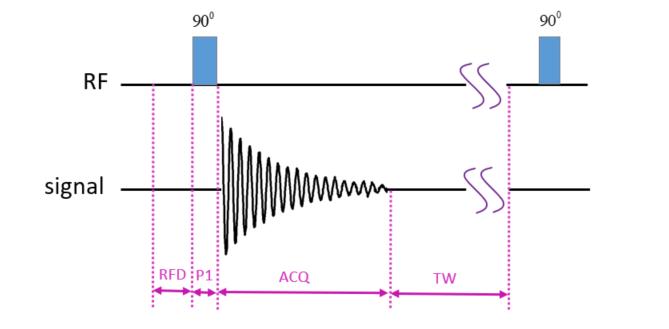In the realm of material science, accurate measurement of resin content is crucial for ensuring the quality and performance of various products. Low-field nuclear magnetic resonance (NMR) has emerged as a powerful tool for resin content testing, offering precise and non-destructive analysis.
The principle of low-field NMR lies in the interaction between nuclear spins and magnetic fields. In this technique, a low-intensity magnetic field is applied to the sample, causing the nuclear spins to align with the field. When a radiofrequency pulse is applied, the spins are temporarily flipped out of alignment, and their subsequent relaxation back to equilibrium provides information about the sample’s composition.

For resin content testing, low-field NMR is particularly useful due to its sensitivity to hydrogen-rich molecules. Resins, typically organic polymers containing a significant amount of hydrogen, exhibit characteristic relaxation behavior that can be measured and analyzed. By comparing the NMR signals from the resin-rich and resin-poor regions of the sample, it is possible to determine the resin content accurately.
The testing method involves several steps. First, a representative sample is prepared, ensuring it is free from impurities and homogeneously distributed. Then, the sample is placed in the NMR spectrometer, where it is exposed to the low-field magnetic field. The spectrometer applies the radiofrequency pulse and measures the resulting NMR signals.
Advanced software is used to process and analyze the NMR data. This involves extracting relevant parameters such as relaxation times, which are then correlated with the resin content. The results are presented in a quantitative manner, providing a clear indication of the resin content in the sample.

Low-field NMR offers several advantages for resin content testing. It is a non-destructive technique, meaning the sample remains intact after testing. Additionally, it is fast and accurate, providing reliable results in a timely manner. Furthermore, the technique can be applied to a wide range of materials, making it a versatile tool for various applications.
In conclusion, low-field NMR is a powerful tool for resin content testing. Its principles and methods enable precise and non-destructive analysis, providing valuable insights into the composition of materials. As the demand for high-quality products continues to grow, low-field NMR will play an increasingly important role in ensuring the accuracy and reliability of resin content measurements.
 NIUMAG
NIUMAG